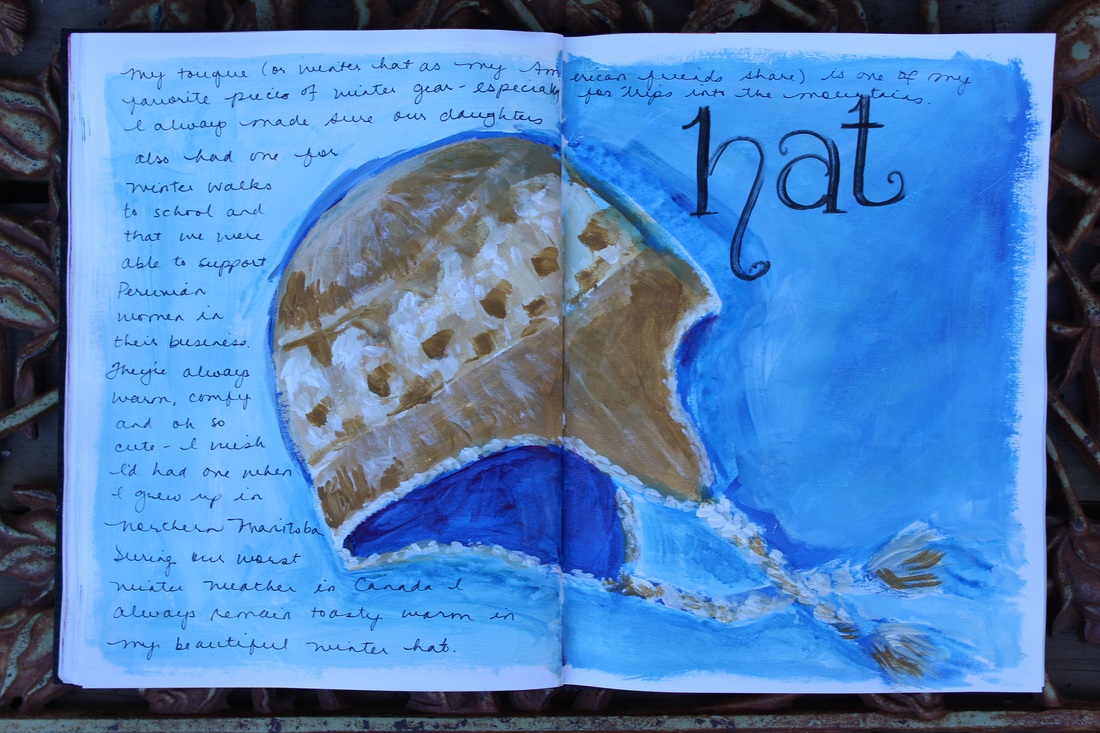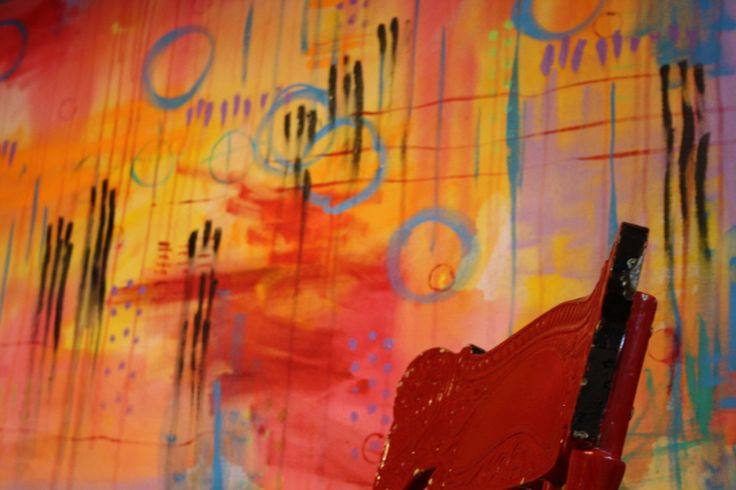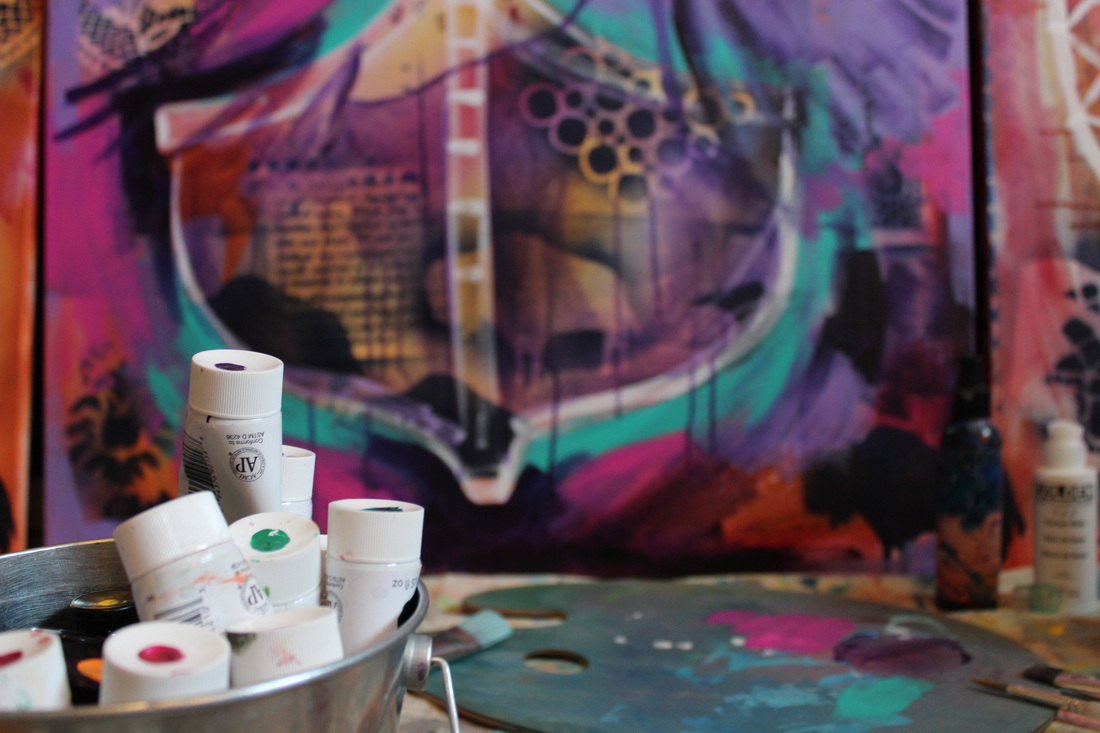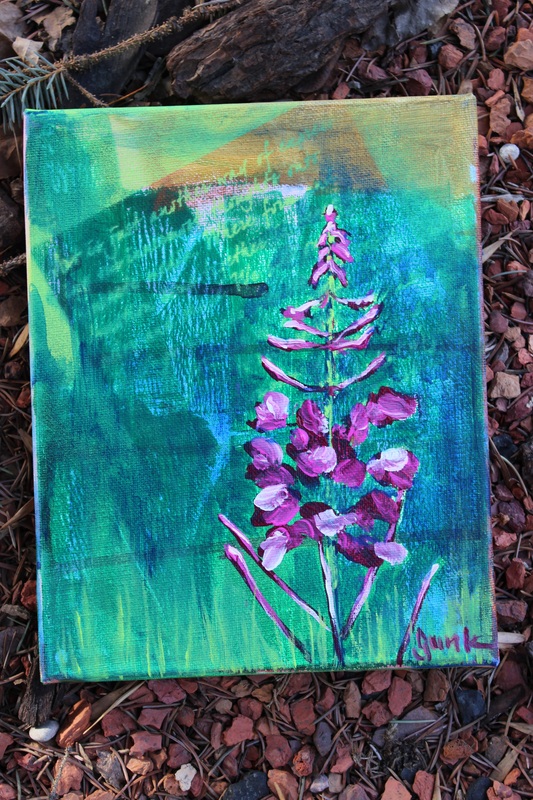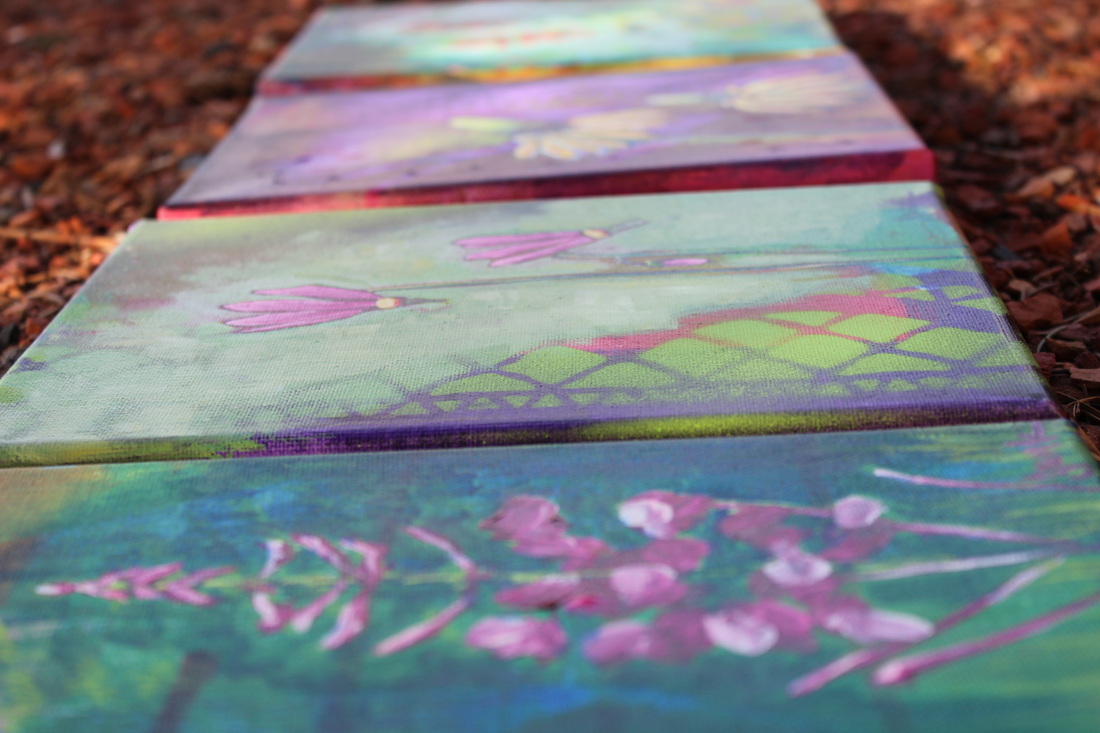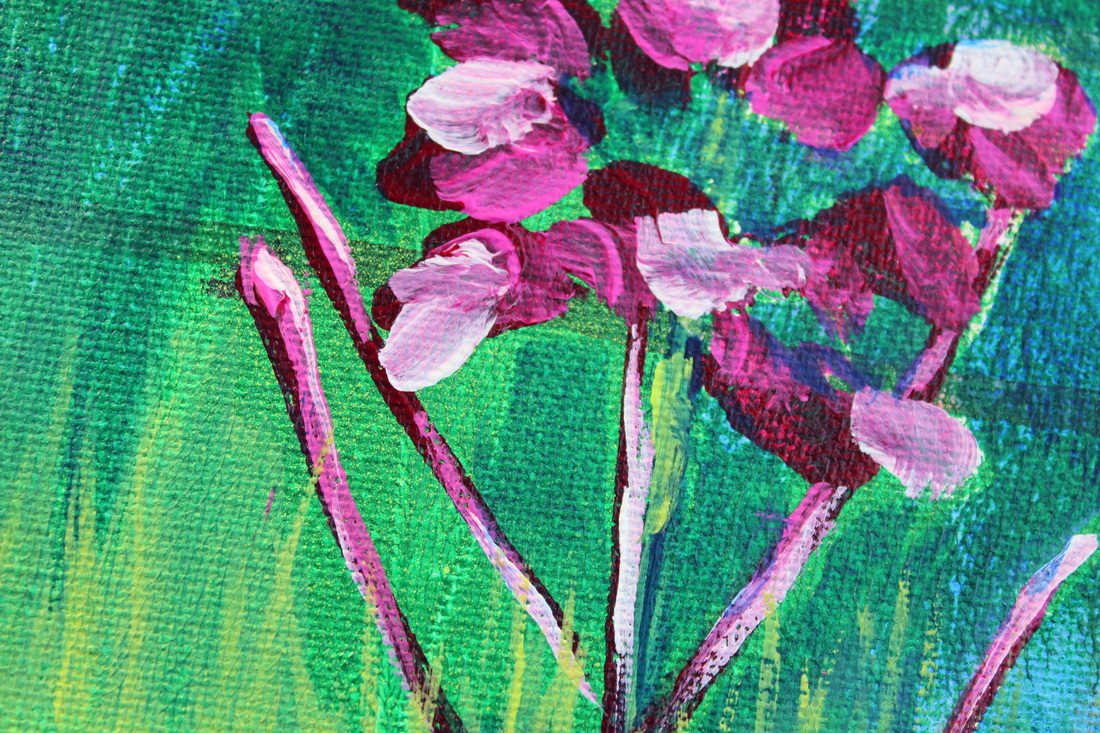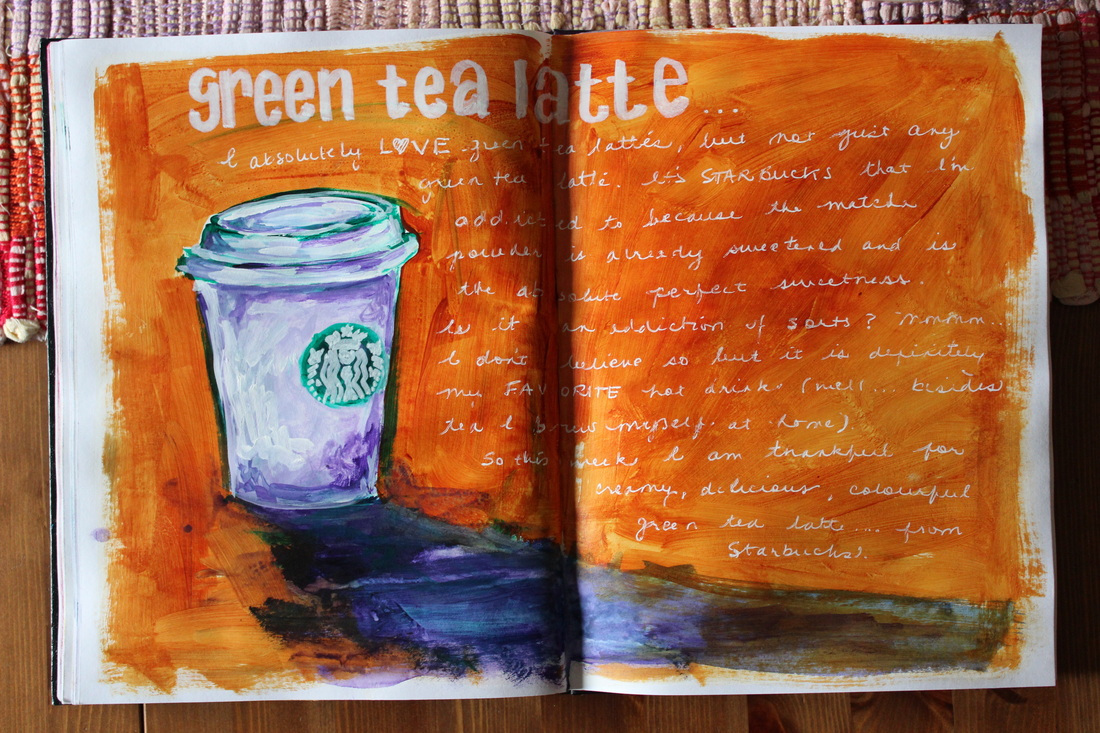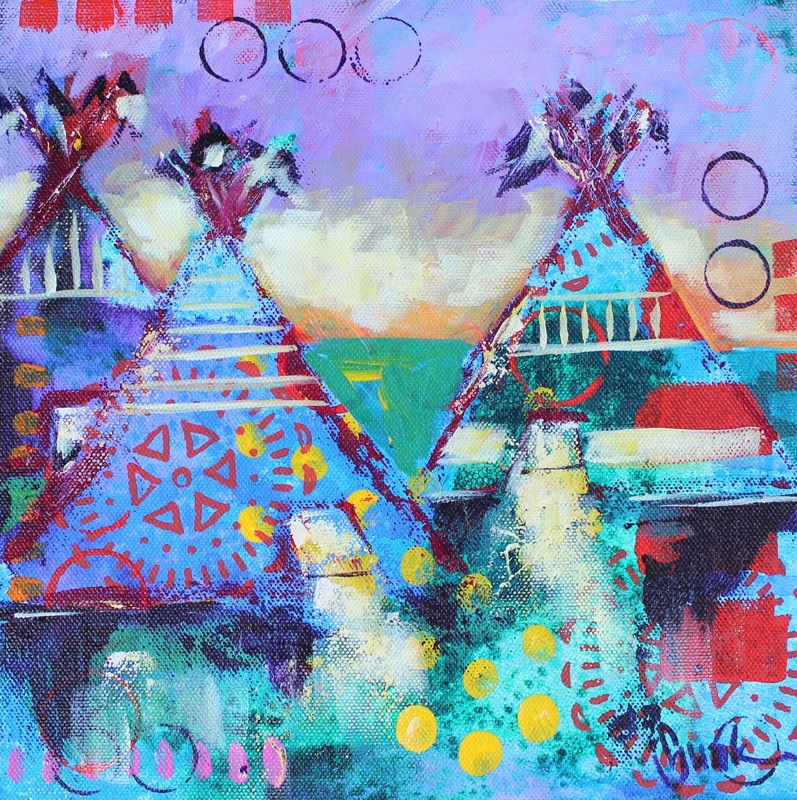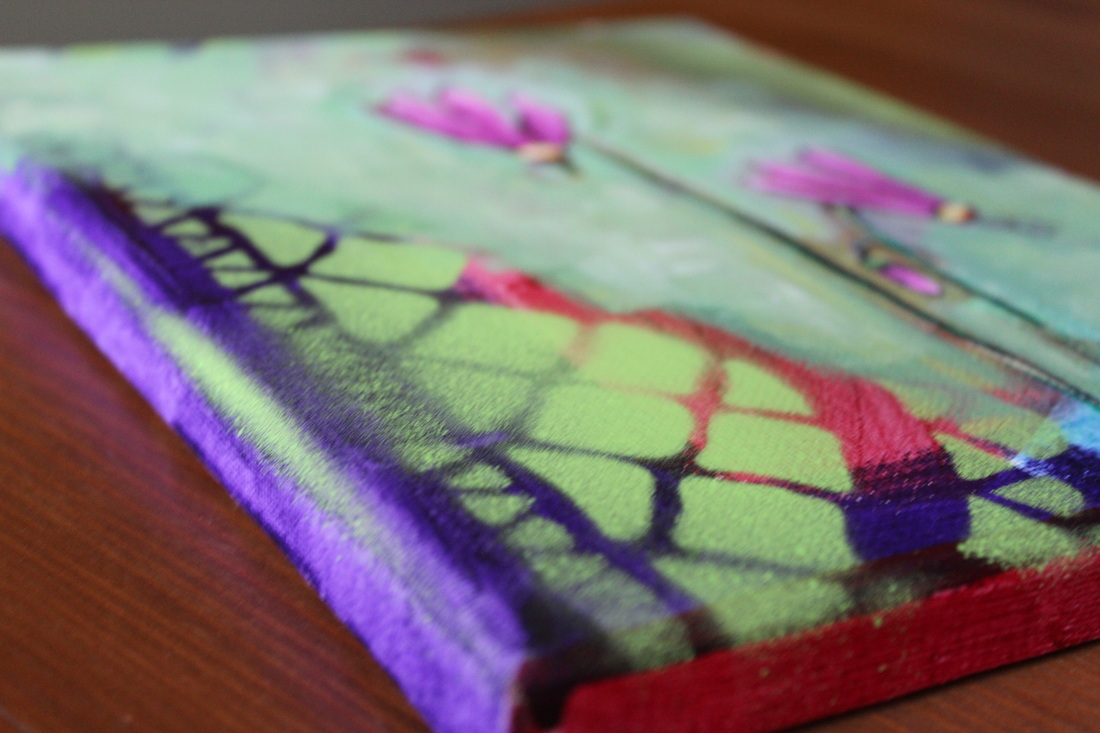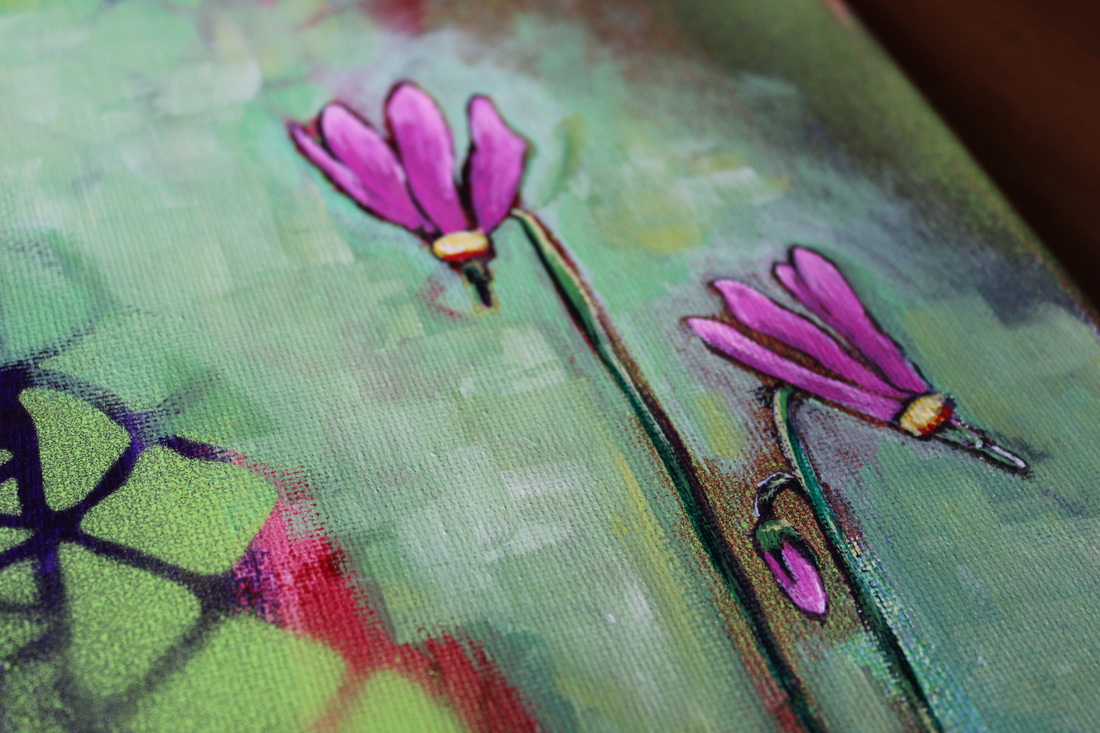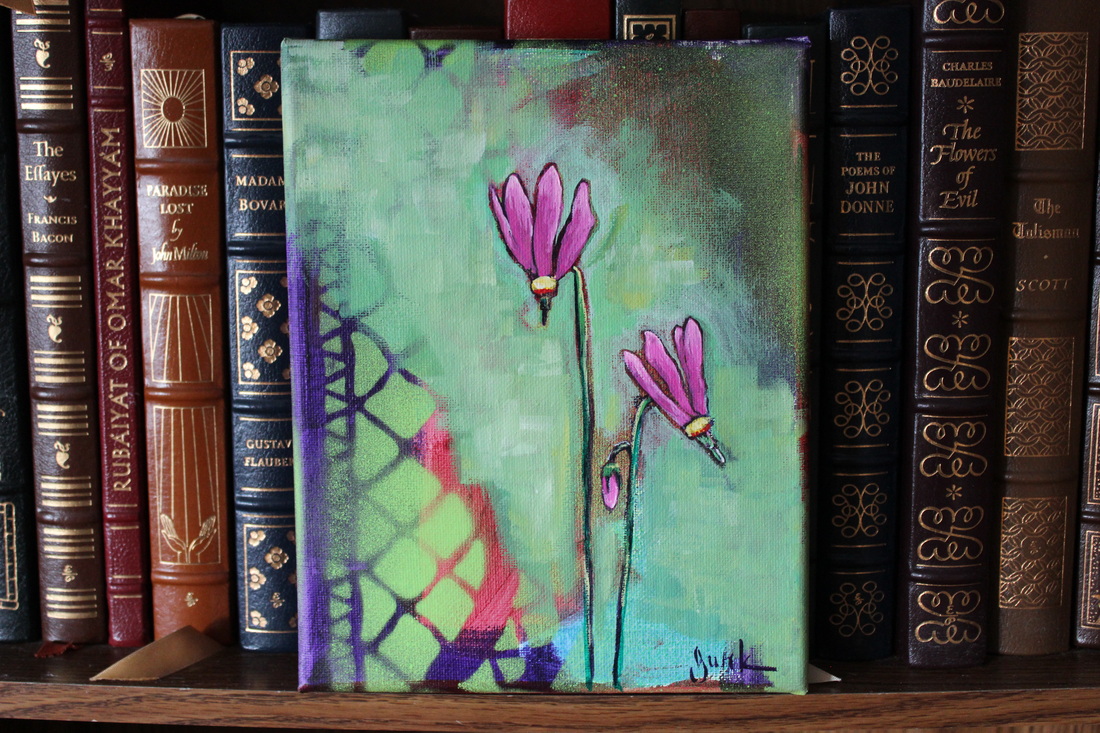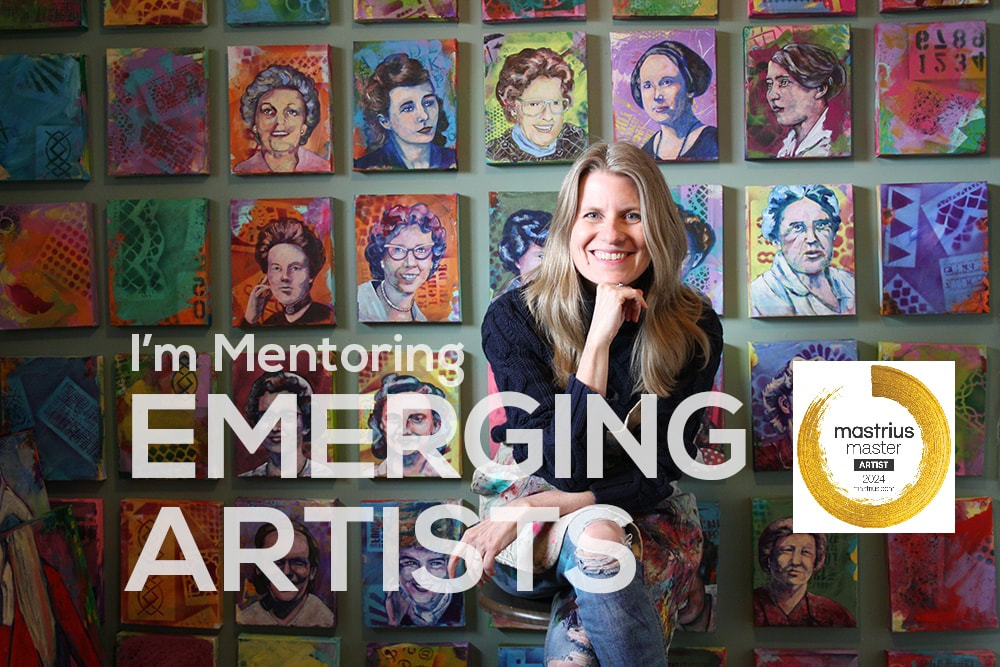|
When I first began thinking about submitting artwork to galleries I began to read as many books on the subject and to speak to professional artists and gallery directors to find out what they needed to see. It was the time before computers and the internet were accessible to everyone and so I was developing slides of my work and preparing packages for submission. It's much easier now, when it all can be added to my website. With the packages, I had to include a stamped envelope if I wanted the package returned to me, which I did as the slides were not inexpensive and at times the paintings sold between the time the package was sent and returned. I learned that a Curriculum Vitae or CV was basically my resume which included any professional experience, education, affiliations and a chronological list of exhibits. The Biography was basically a short story of my life and how I came to be an artist. And the Artist's Statement was the story of the impetus to the current body of work. Plus it allows the galleries to share the story and is a nice way to connect the work further with the patrons. It surprises me how often people, whether they are familiar with original art or not, connect with the work in spite of the words but once I share the story, there is often an 'aha' moment for them. They have felt it.
I'm often asked how to write an artist's statement and though there are many different suggestions online and in art books the way I choose to write mine is very simple. After I've completed a number of pieces in a new body of work (ten or more) then, as I work I take notes. I pay attention to my colour choices, the images or symbols I'm drawn to, the marks I make and tools I use, thoughts I have...really I write from the heart. I know there are many statements that are very professorial, like a Masters Thesis, but I prefer to write in layman's terms, using language I'm comfortable with, including my memories and experiences. I want to share why I'm doing the work I do and what the impetus for it is as many of my collectors like to hear the stories behind it. I feel the same whenever I collect another artist's work, it makes it even more special for me. More personal. You can read my current statement here. P.S. The Mayor's Night of the Arts Awards is this weekend and I'm really nervous, wish me luck? Though I haven't needed it in awhile as we've had the most beautiful weather (it's been a couple of years since we've experienced these warm temperatures in winter), today I am thankful for my hat...my toque actually but my American friends call it my wool hat so I'm going with that. I have made it a point to purchase toques for my girls and myself that support women working in other less fortunate situations so in that vein, this one comes from Peru and has been well-worn. I have trouble with cold wind in my ears in winter which cause terrible earaches and headaches but this baby keeps me warm and comfortable. And I am very thankful for the hands that created it.
I love, love, love Helen Frankenthaler's use of big, bold, vibrant colour. She is another female artist whom I'm so glad lived in my lifetime. What an inspiration. Her work was known as colour field paintings and she would actually pour colour onto large sheets of raw canvas. When I began exhibiting work I was working on raw canvas because I loved how the colour blended but for longevity, galleries asked that I begin working on primed canvas, though both she and Emily Carr worked however they chose and I sometimes want to return to my previous way of working. Perhaps one day I will spend time alone in the mountains with a large roll of canvas and experiment.
I've been working on a trio of paintings which I'm not sure if they'll be a triptych or stand-alone pieces but I am definitely struggling. With each piece, I love it and then hate it, which often rings true for my process. Usually I can see beyond the moment and trust in the flow of creativity which is a good thing. I do believe I have worked out the kinks on the central panel but I'll put it aside awhile and look with fresh eyes (I usually do this by placing the canvas face against the wall so I don't look at it at all) but the other two have been very interesting, to say the least.
First I really didn't like the left panel so I left it and focused on the right panel and then, after spending a day in the mountains, I was inspired and now I'm loving the left panel but the right has me stumped at the present time. It's a good thing I tend to work several pieces at once otherwise I might find myself frozen in place and too afraid to move forward. But, as I continue my day-to-day routines, driving a daughter to school during exams, house keeping, making dinner, walking, reading and then in-between all of that, working on another painting or two, ideas come and though all of them aren't successful they beget new ideas. And this is why I love to paint. I really do hope I have something good to show for all this trial in the end...but if not, it'll just be back to the drawing board, to pick up a brush and start once again. Already a month in and I'm not so terrified this time as I was when I created the first 52 WEEKS project with the totem animals. I wonder if it's because I've fulfilled a commitment like this once before or because I am much more comfortable painting flowers? I've come to really look forward to working on these pieces. As a young girl in the north I was part of 4-H which, because it wasn't in farmland, included things like beading and weaving and photography. It was there that I learned to enjoy the process, not just the outcome and maybe it is because of this experience that I have never been as terrified to begin a project either. The outcome is what it is, and will get better over time with practice.
Anyway, fireweed (aka willow herb) always looks stunning to me, particularly in a burned out forest when we can see the beauty of life, of transformation from a wasted shell of land to a beautiful field of flowers. A sign of hope. It is the floral emblem of Yukon Territory, its young leaves can be used in salads, the plant can be brewed into a mild tea, and the inner pith can be used to thicken soups and stews. I am beyond thrilled to share that my work is now being represented by Effusion Gallery in Invermere, British Columbia. Invermere is a lovely creative community nestled in between the Rocky and Purcell Mountains in the Columbia Valley. And Effusion Gallery is one of my favorite places to visit in BC, filled with the most beautiful artwork so it is a special honour to be invited to exhibit.
Anyone who knows me knows my love of Starbucks green tea latte. I know their matcha is sweetened so I order mine without extra sweetener and I find that warmed milk is sweet as it is...and it is my absolute favorite drink of all time (well, besides milk...and water...and a nice glass of merlot or raspberry beer). To treat myself, I will walk along the creek with my book in hand and head to Starbucks to spend an hour reading and enjoying my delicious green tea latte.
Besides being inspired by the colourfully patterned tipis in Montana, I have been highly influenced since childhood by Anishnaabe artist Norval Morrisseau (Copper Thunderbird). He was the founder of the Woodland Indian School of Art and focused on the spirit world capturing Windigos, spirit guides and animals by utilizing the most glorious patterns and colours. Unfortunately, this wise man was taken from us too soon: "I transmit astral plane harmonies through my brushes into the physical plane. These otherworld colours are reflected in the alphabet of nature, a grammar in which the symbols are plants, animals, birds, fishes, earth and sky. I am merely a channel for the spirit to utilize, and it is needed by a spirit starved society." I love his words and feel the same way. Once I'm painting, whether in my studio or elsewhere, I become absolutely absorbed by the work and totally forget everything around me. I don't really pay attention to composition or colour choices at that point and the work flows. That is why I have to step back and separate myself from the work-in-progress during each session and really look. I've always thought of the process as a meditation or prayer of sorts and I feel refreshed after time spent painting which is probably why I don't find it chore and relish the time in my studio.
CONGRATULATIONS LORI BRADFORD!
As I wrote out over 200 names in the draw for 'Sacred Vessel: A Painter's Handbook' I realized just how many need the same information I wished I had when I was beginning my career as a professional artist and I'm so glad I've been able to share what I've learned so far. And I'm so grateful for the great number of people who have assisted me along the way. I hope that what I share helps, too. Once I have your mailing information I will send it out right away. I would love to hear your comments. I've had the pleasure of seeing many beautiful little shooting stars throughout the years. Not only are they an absolute wonder to look at they also have an interesting history. The Latin name, pulchellum, means 'beautiful'. Traditionally in aboriginal cultures they were used to create a pink dye for arrows or as an infusion for eyewash. Often they were looked upon as a charm for wealth and are the most lovely harbinger of spring in mountain meadows.
PS...I'll be pulling a name for 'Sacred Vessel::A Painter's Handbook' tomorrow! |
|

